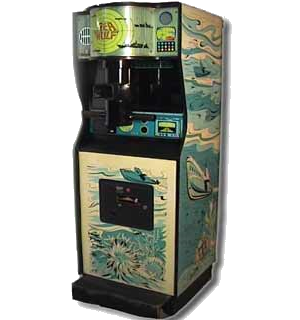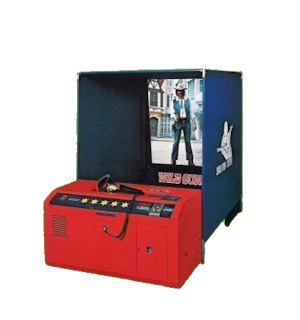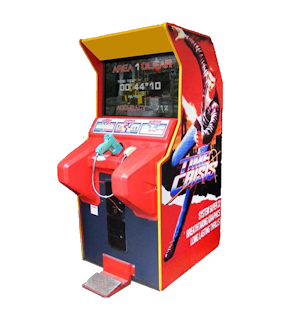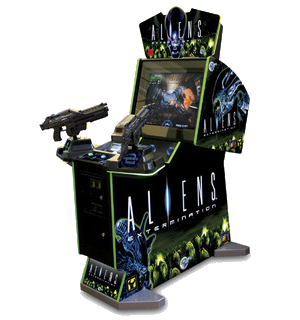Light Gun History
History of the Light Gun
Light gun arcade games have a rich background dating back to the early days of video gaming. Throughout their history, light gun games have remained a beloved genre, offering players an interactive and thrilling experience that combines shooting skills with entertainment.
Here's a brief summary with historical images below showing how cabinets have evolved:
- 1960's - The Birth of Light Gun Games: Light gun games trace their origins to the 1960s when technology allowed the development of rudimentary shooting games. The earliest examples were electromechanical games like "Duck Hunt" and "Shooting Gallery," which used light sensors to detect where players aimed their guns.
- 1970's - The Rise of Arcade Video Games: With the advent of video game technology, light gun games started appearing in arcades. One notable early example is "Sea Wolf" (1976), which used a periscope-like viewer and a light gun to shoot at ships.
- 1980's - Light Gun Games Go Mainstream: The 1980s saw a surge in popularity for light gun games. Games like "Wild Gunman" (1984) and "Hogan's Alley" (1984) by Nintendo were some of the earliest successes. The iconic "Duck Hunt" (1984) for the NES introduced millions to light gun gaming.
- 1990's - The Golden Age: The 1990s were a golden age for light gun games. Titles like "Lethal Enforcers" (1992), "Time Crisis" (1995), and "House of the Dead" (1996) became arcade staples. The use of more advanced technology, including more realistic light guns and better graphics, contributed to their popularity.
- Late 1990's and Early 2000's - Transition to Home Consoles: As home consoles improved, light gun games transitioned to platforms like the Sony PlayStation and Sega Saturn, with games like "Point Blank" (1997) and "Virtua Cop" (1995) being ported from the arcade to these systems.
- 2000's to Present - Evolution and Adaptation: Light gun games continued to evolve with the advent of motion-sensing technology. The Nintendo Wii, for example, incorporated the Wii Remote as a versatile light gun controller. Some popular franchises like "House of the Dead" and "Time Crisis" continued with new iterations on various gaming platforms.
- Current Trends - New Technologies: In the 2010s and beyond, light gun games have seen a resurgence with virtual reality and advances in microchip technology. Those in the retro-gaming scene have revived old hardware by 'modding' internal components with small processors (eg. Arduino). It's also very common for 'modern' light guns to incorporate force feedback for a richer gaming experience.
Sea Wolf
(1976)
(1976)

Wild Gunman
(1984)
(1984)

Time Crisis
(1995)
(1995)

Aliens Extermination
(2006)
(2006)

Whether through traditional arcade cabinets, home consoles, VR setups or DIY systems, modern light gun games continue to be a part of gaming culture.
